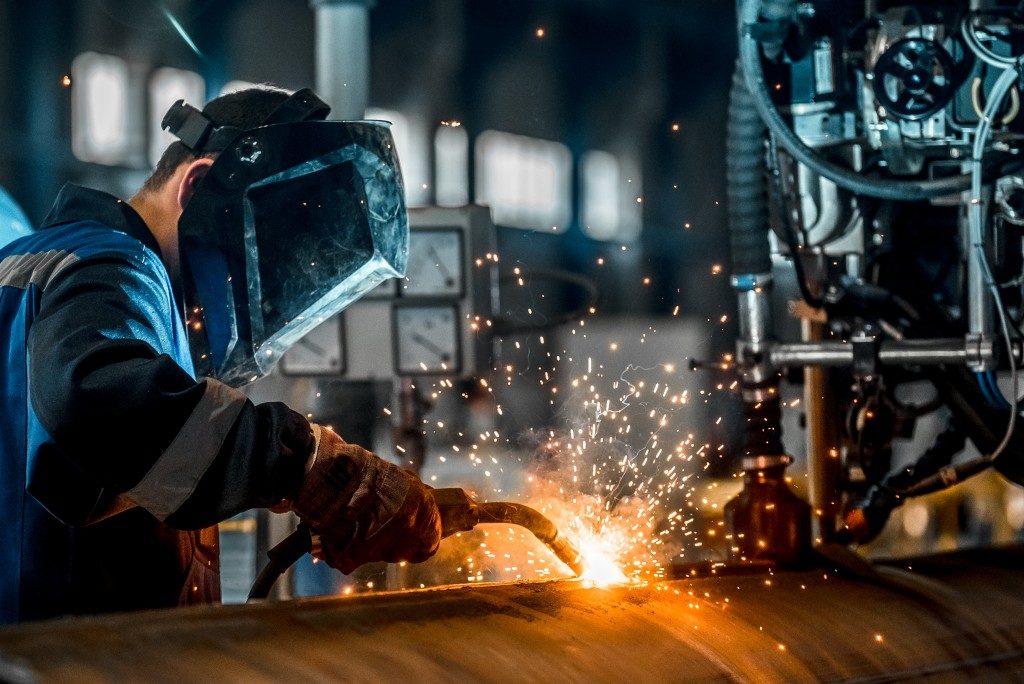Welding Hazards and the Need for Safety Measures
According to Comcare, the statutory authority in Australia on occupational health and safety, welding is considered a potentially hazardous activity that requires compliance to strict precautionary measures in order to avoid the following welding hazards: (1) electrocution from welding equipment and wiring, (2) fire and explosion hazards due to high temperatures and the use of flammable gasses, (3) burns due to direct and indirect contact to heat during welding, (4) radiation burn and (5) vision loss due to intense UV, infrared, and white light, and (6) respiratory issues due to fumes, gases, and suffocation from oxygen displacement.
Even with proper training and use of good quality and well-maintained welding tools, it’s integral for welders to be properly clothed and equipped for the job. So, whether you’re a trained and seasoned welder or a beginner, it’s always important to keep in mind the following Personal Protective Equipment (PPEs) for your occupation or activity:
Eyes and Face
Welding doesn’t only emit very bright light which can potentially damage your eyes, but it can produce sparks and hot debris that can burn your face. As such, it’s important to wear a welding helmet or hand shield, and protective goggles to protect your face and eyes from burns, radiation, and intense light. Failing to protect your eyes or using defective or ineffective shielding can result in welder’s flash or arc eye which is characterised by temporary blindness and extreme discomfort, and is one of the most common welder’s injuries.
Nose, Mouth, Lungs

Welding can result in respiratory issues due to the exposure of fumes and other toxic gasses. Additionally, gasses can displace oxygen and possibly suffocate welders. So it’s important to wear high-quality respirators to protect your respiratory system from damage and discomfort. Ensuring that you work in a well-ventilated area is also necessary.
Skin
Sparks, burns, and radiation can damage your skin. Welding produces three types of light, UV, infrared, and white light which can cause radiation burns to any unprotected bit of skin. So it’s important that you not only cover your skin with proper clothing but with the use of fire or heat-resistant clothing and aprons. It’s not advisable to wear cotton or fleece sleeves and other flammable clothing when working with welding tools or any high-temperature equipment.
Ears
Protect your ears from the buzzing and loud noise produced when welding with the use of ear plugs or ear muffs. And it’s important that you choose industrial fire-resistant earmuffs or plugs in order to protect your ears from sparks from entering your ear canal. Long-term exposure to loud and high-pitched buzzing from welding can lead to hearing impairment. When using ear protection, you should make sure to be aware of your surroundings, especially when working in a busy workshop or construction site.
Feet and Hands
Protect your feet and hands with the use of insulated and heat-resistant gloves, and steel-toed rubber-soled boots or safety shoes. This will help prevent any injuries such as electric shock and burns.
Conclusion
Welding is a staple activity in construction, manufacturing, and almost any other industrial work, but working with high-powered tools such as welding torches can be quite hazardous. Which is why it’s important to keep this list handy and always include these PPEs when shopping for welding tools and gears with your trusted welding equipment suppliers.




